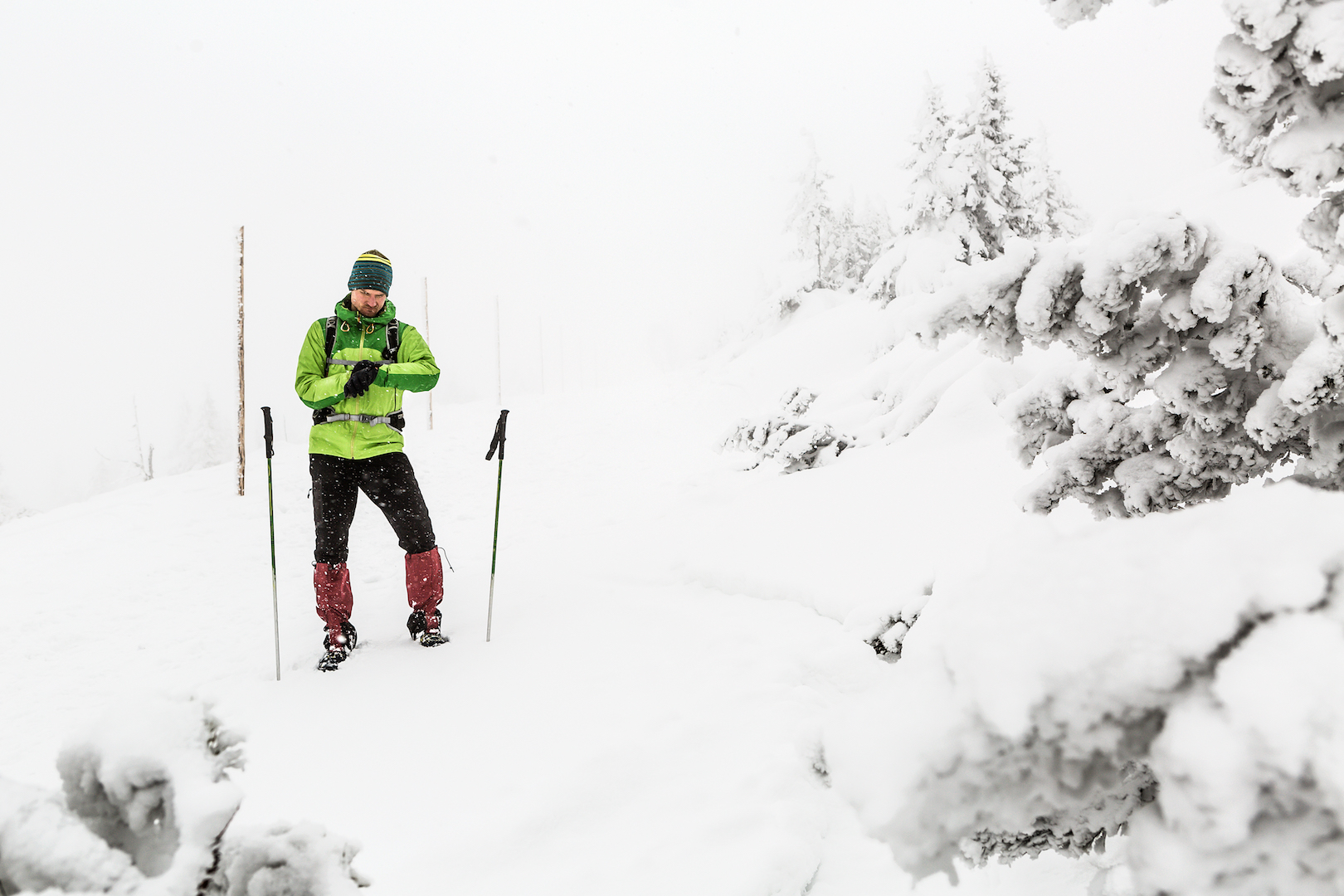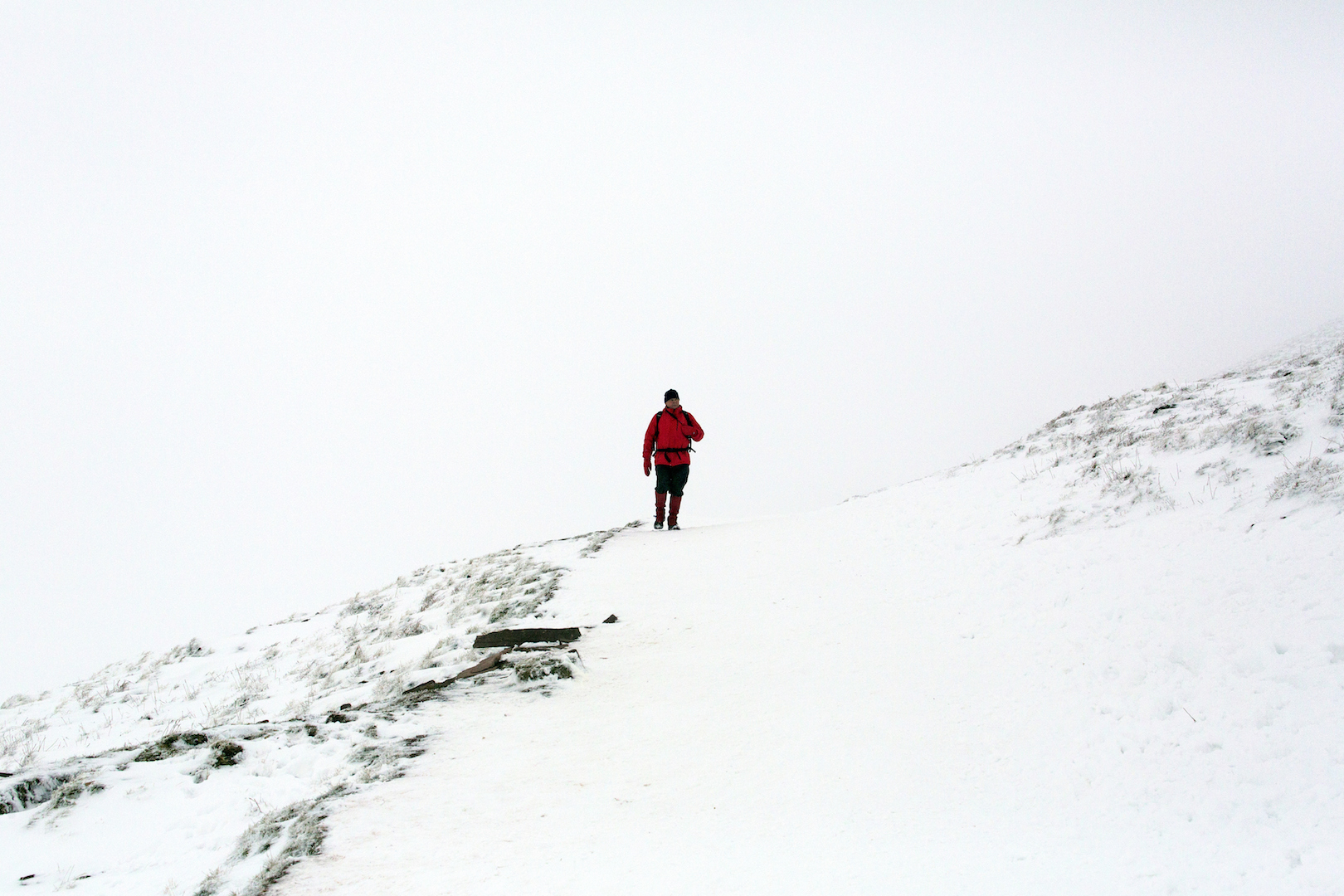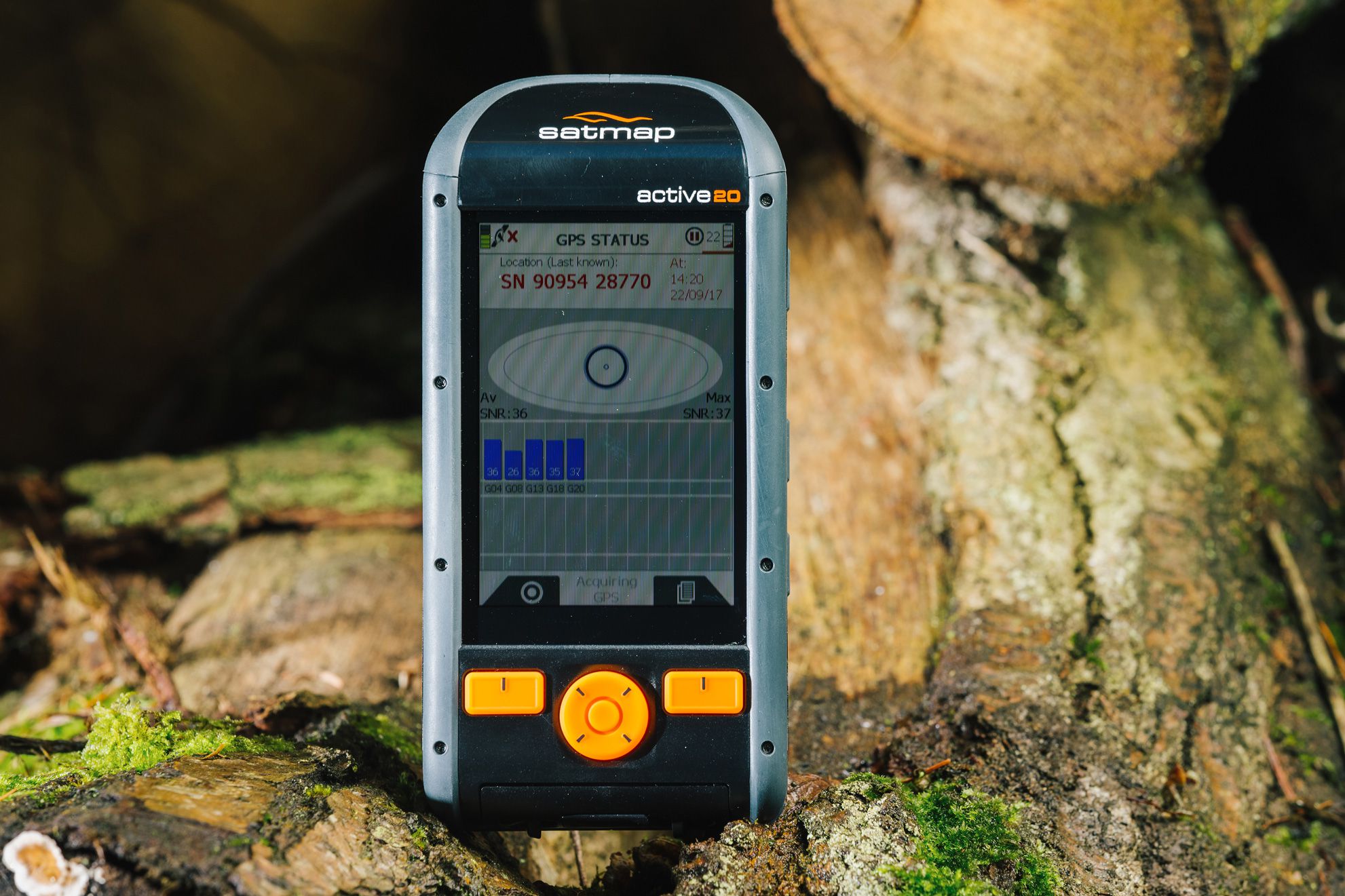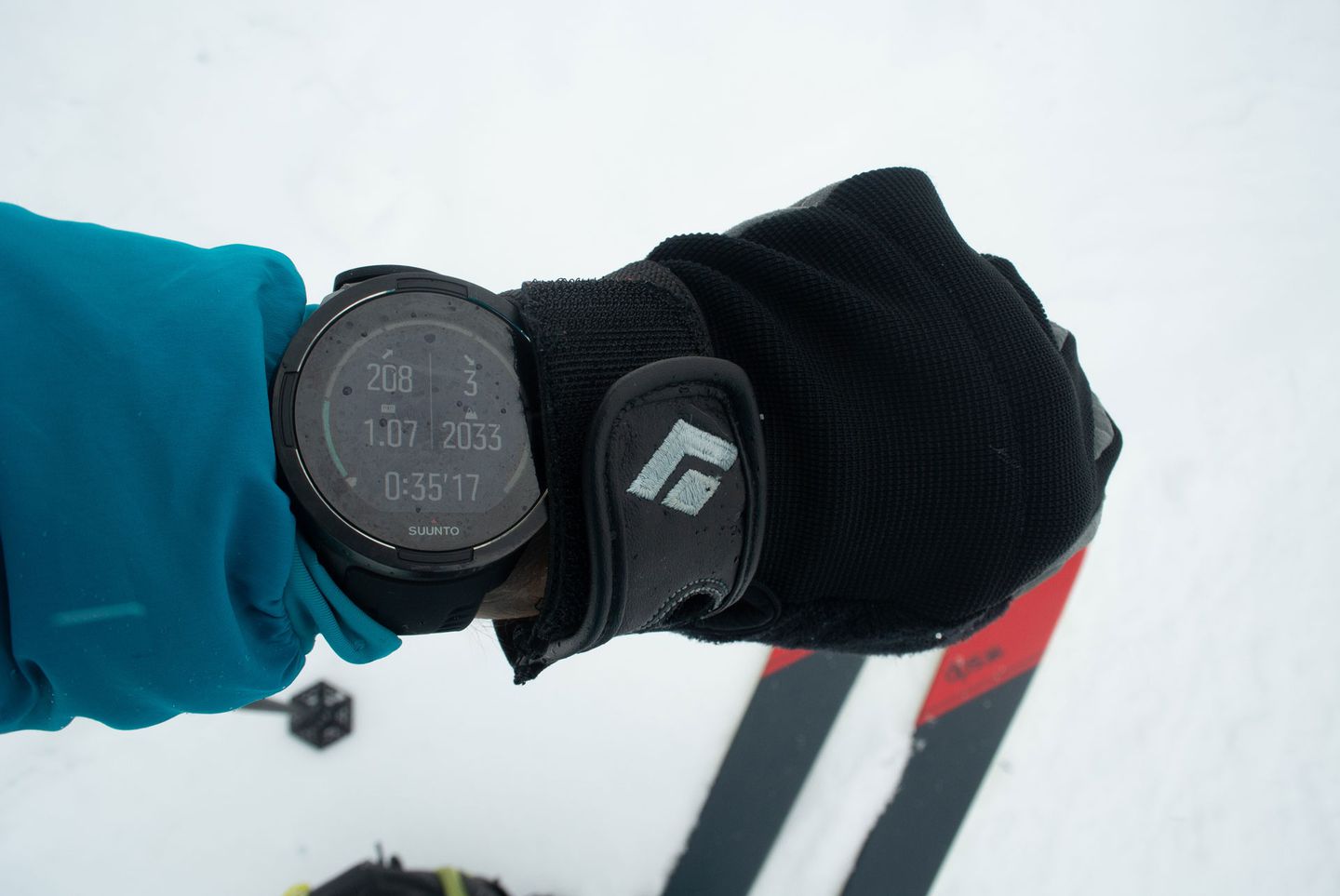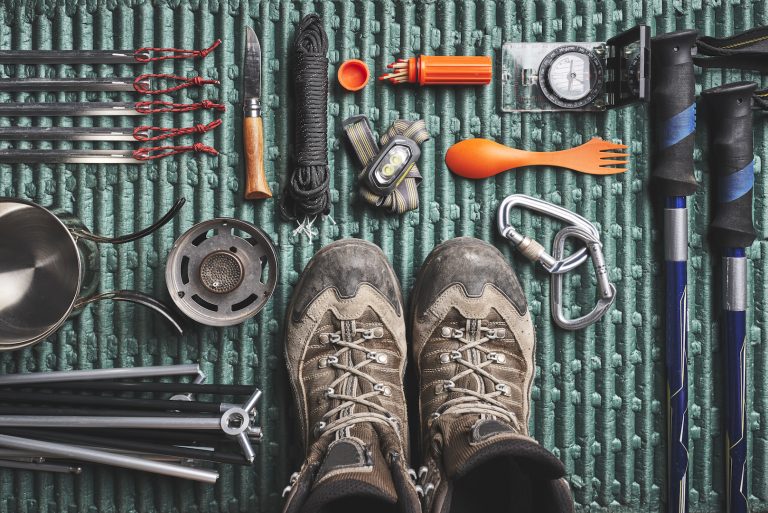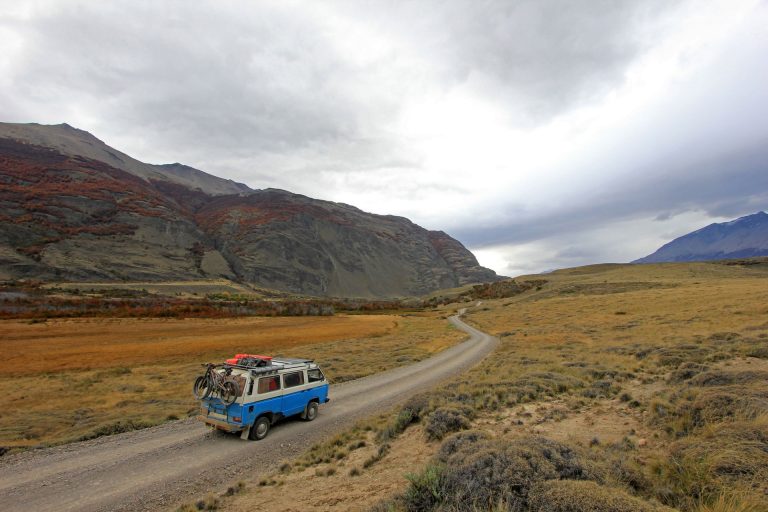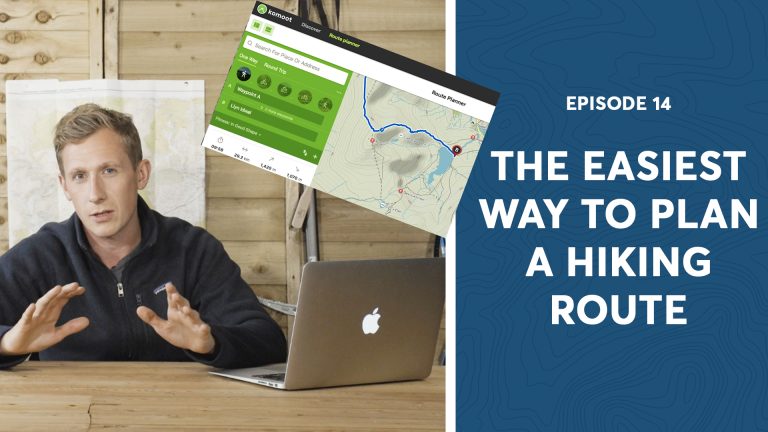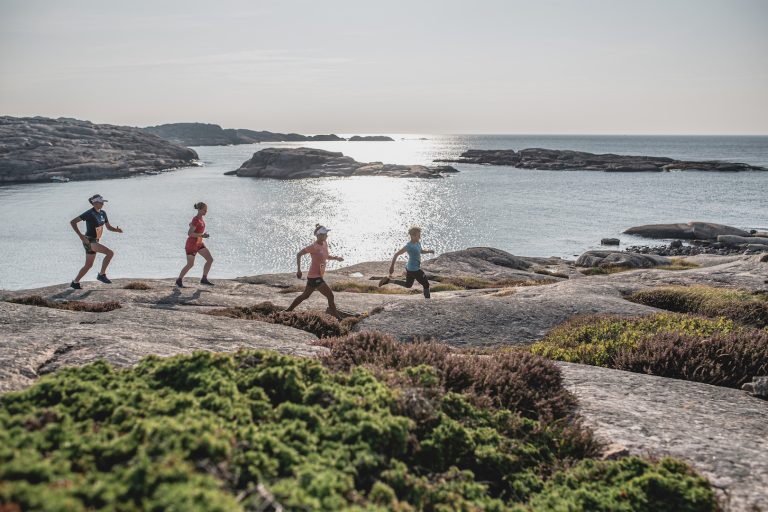There are a few must-dos in life; having fish and chips when you go to the seaside, never looking or speaking to anyone on the Tube and speaking loudly and slowly in English when talking to someone who doesn’t speak English, to name but three. There are also givens in the outdoor world too and one of those is to always carry a map and a compass. As the writer of two books on navigation skills for the outdoors, you won’t get me objecting to that of course, but what else should you always consider when it comes to navigation?
Setting Off Right
Over the years, I’ve led guided walks to some of the most iconic walking destinations in the world and count myself to be pretty experienced in the outdoors. So imagine my embarrassment when walking a section of the Appalachian Trail with a group one year. We clambered off our bus at the start and after boots had been laced and rucksack straps tightened, we set off. Five minutes later we were back at the bus after I realised I’d set off in the wrong direction! Come on we’ve all done it.
“My compass, by contrast, has never run out of batteries nor has my map. They work in low light, in foul weather and don’t need rebooting.”
So what could idiot Hawkins have done to prevent being the butt of my group’s jokes for the next few hours? Actually something quite simple; setting my map. If you know nothing about a map and indeed a compass, you will know that the top of the map is north and the red end of your compass needle posts north. Setting you map takes a fraction of a second and involves placing your compass on your map and turning yourself, map and compass around until the red end of the needle points to the top of the map. Simple, quick and effective and guaranteed to prevent you setting off in the wrong direction. During your walk, whenever you stop to refer to the map, repeat the process and again you’ll cut out probably 95% of all your silly navigational errors.
When Doubt Creeps In Stop
Getting lost is an interesting process; I recommend it sometime (under supervision of course)! Over the years, I have helped many a person get themselves lost. I love the exercise and it is a valuable one for the navigator, allowing them to evaluate what they were thinking, feeling and doing as they became lost. The one thing in common I see from the majority is the almost blind assumption that the place they’re looking for must be nearly there. That search takes over rational thought and things like the distance or time they’ve been walking become irrelevant. “It must be just round the next corner!”
